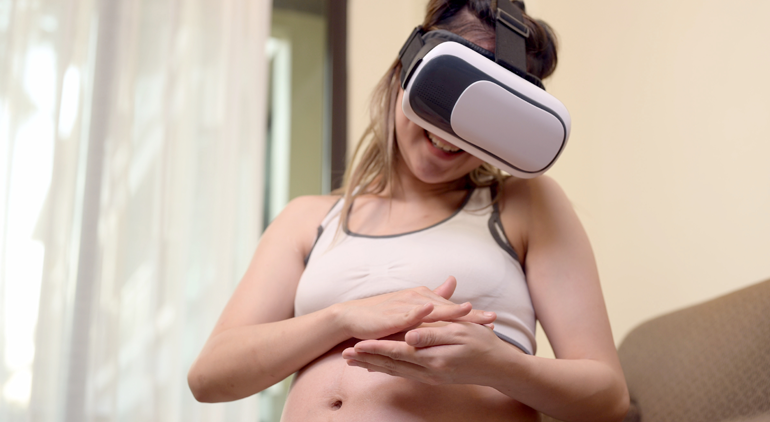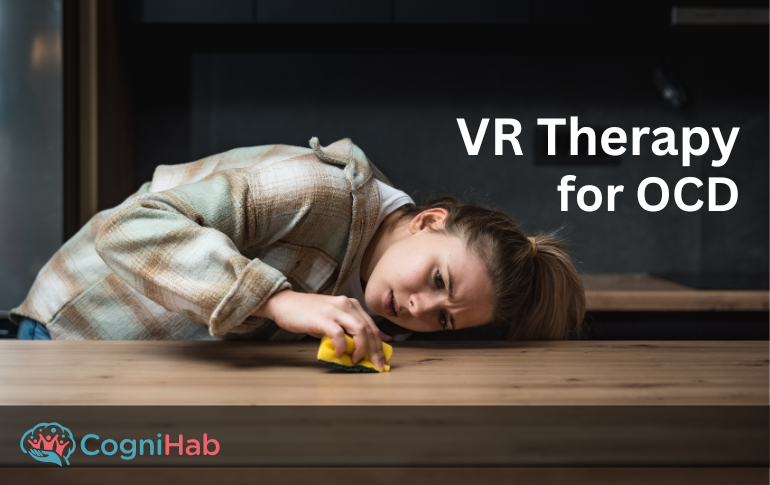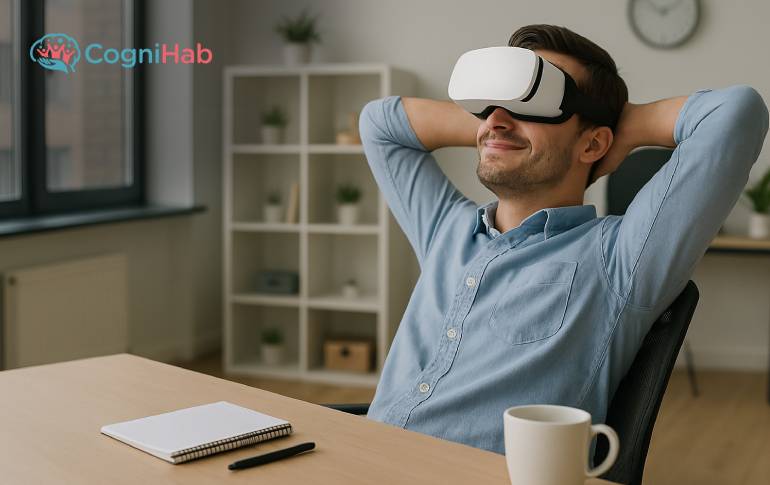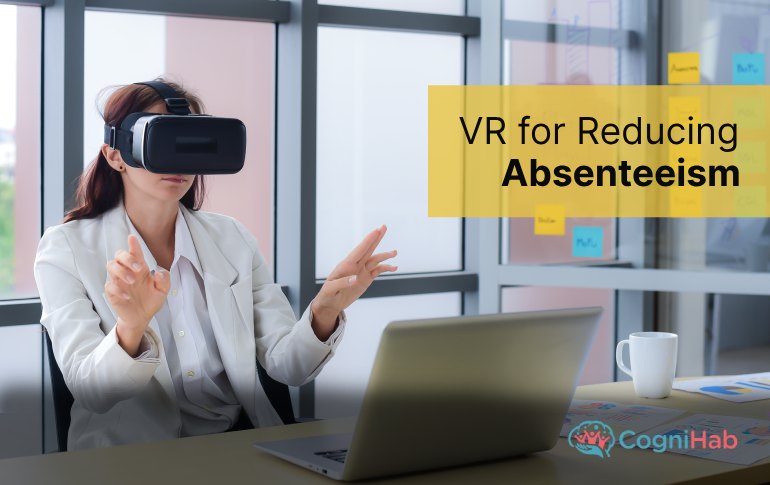How Effective VR Technique for Pregnant Woman
Going through labor is an emotional experience that involves both physical and psychological mechanisms. This experience is unique and changes with every delivery. However, reports say labor pain ranks high on the rating scale.
VR technologies can be helpful in pregnancy to give simulation about the actual procedures. It also helps future mothers to gain a better understanding of crucial yet stressful occasions.
Virtual reality (VR) is a computer-based technology that simulates the real world with the help of a head-mounted display and a pair of goggles. During these VR simulations, doctors help the patient to experience certain real-life situations that are very much helpful in pregnancy.
- Neonatal and Fetal Care Market are Estimated to Reach USD 9.80 Billion by 2026.
- The global Neonatal and Fetal Care Market were USD 6.39 billion in 2018, which is expected to reach USD 9.80 billion by the year 2026, with a CAGR of 5.5%.
The use of VR technology in pregnant women significantly increased in recent years. This Technology has many features that help in reducing anxiety and pain before and during procedures. It also provides guidance about pregnancy exercise and yoga.
How VR works during pregnancy
Erin Martucci, who was the first woman to use VR technology, gave natural birth without any drug in her early 40s. Research conducted by Monash University Department of Obstetrics and Gynaecology (Australia) on 50 pregnant women, who were fitted with VR glasses during their procedure, found it a very relaxing and soothing experience.
There is a two-way effect of VR in pain management. According to Dr. Vinayak Smith of Monash University (Australia), VR can help to reduce pain by 25%. This technique has analgesic benefits.
Benefits of VR during pregnancy
Although VR cannot fight the pain completely it has many significant benefits.
- The blood pressure and heartbeat of a pregnant woman increase during labor. That may trigger anxiety. This can be easily handled by VR.
- Many Woman faces postpartum depression, after childbirth. This can be overcome with VR.
- VR also helps to train healthcare providers, resident doctors, and students.
- It also helps to prepare for procedures or imaging studies.
Future of VR in pregnancy
The Radiological Society of North America was working on a technology that transforms MRI and ultrasound data into a 3-dimensional Virtual Reality Model.
This will allow would-be parents to see the baby inside the womb. This may also give the opportunity to hear the heartbeat and study the anatomy of the baby.
- This kind of Radiology revolution can be a game-changer in the case of high-risk pregnancy.
- It is estimated that 26% of pregnancies may end in miscarriage.
- Research shows that the risk of miscarriage is increased with the age. Women in their 40s have a high risk compared to women in their 20s.
Who can use the VR technique
- This can be useful for
- Hospital authorities
- Gynecologist and obstetrician
- Pathology and radiology labs
- Imaging centers
- Psychologist or counselors for postpartum treatment
Conclusion
OxfordVR, SyncThink, EchoPixel, Surgical theatre, are the major player in the market, starting with virtual reality technology for the healthcare market.
- VR in the Healthcare industry was USD 2.076 Billion in 2020 and is expected to reach USD 42.84 Billion by the year 2028, at a CAGR of 39.98% from 2021 to 2028.
At Cognihab, we offer a wide range of products virtual reality healthcare solutions. We have dedicated suites such as vision therapy, rehabilitation suite for autism or cerebral palsy, anxiety reduction suite, and many more.







